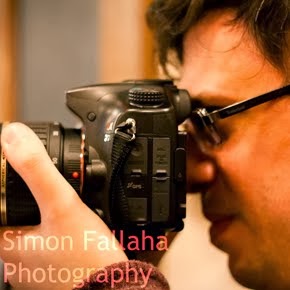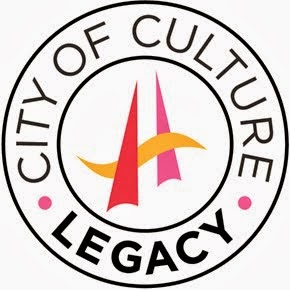In the first of three theatrical retrospectives at Si's Sights And Sounds this week, the backdrop of a farcical family sitcom gives way to tragedy
Less a whodunnit than a bit of a whyandhowdunnit, Martin McDonagh's A Skull In Connemara fits in snugly alongside the best both him and brother John Michael have offered to the arts world, a continuously beating heart resting beneath the mixture of natural and caricatured dialogue, snappily paced direction and haphazard antics. It is not the resolution, powerful though it is, that really lingers, but the journey to that point: smooth slapstick laced with sodden seriousness and a quartet of quality performers.
Almost typically for a McDonagh script, the play, directed by Andrew Flynn, opens with thick and heavy banter. The Irish brogue of Mick Dowd (Garrett Keogh) and Maryjohnny Rafferty (Maria McDermottroe) comes at the audience like a firecracker, retaining our attention through its Father Ted-esque nature and sharp-tongued delivery. The arrival of Mairtin (Jarlath Tivnan) complicates things, the repetitiveness of his speech patterns emphasizing the play's more ridiculous elements and creating a tone akin to a farcical, sometimes philosophical, family sitcom.
These three aren't family, but you could very easily liken them to Mr Twit, Mrs Twit, and the son they never had when Roald Dahl wrote one of his most beloved books. It only takes a Mairtin, who prides himself on his "purely uncommon sense" to show how thin the line between endearing naivete and dangerous stupidity can be.
A Skull In Connemara is absolutely laden with symbolism, both of the obvious and subtle kind. Do the three cracks in the wall of Mick's house hint at his fractured relationships with friends and family? Does the cross in the middle of those cracks spell out the characters’ differing religions for us, particularly Mick’s and Maryjohnny's? Do the alliterative names of the characters – Mick, Maryjohnny, Martin – indicate that this play is all about Murder and Mystery? (It is.)
And when the wall of the house "collapses" to reveal a cemetery on a hill lit up by moonlight – Owen MacCarthaigh's set design and Sinead McKenna's lighting are as much a star of the play as everything else – we look around the set and ask even more questions. Does the lantern highlighting the branches on a tree resemble a light at the end of a metaphorical tunnel for Mick's broken family? Does the heart-shaped gravestone represent a lack of love in their lives? Questions, questions, questions... and no clear-cut answers.
The play enters wickedly amusing territory – deadly dark humour, you may call it – when Mick finds a skull and begins joking over it with Mairtin. This leads to the discovery of more skulls, and numerous examples of visual and verbal punnage, including comments about appendage that you're better off not hearing here. Solemnity returns with the appearance of local Garda Thomas Hanlon (Patrick Ryan) who recounts the sickly tale of a nude dead man to our "heroes". The smarter-than-thou nature of McDonagh's characters has been known to grate, but what’s refreshing here is that through the black comedy, we learn that these "smart" characters, including the policeman, really aren't so smart after all. Mairtin’s position as the butt monkey for everyone else in the cast tears at him, and both worry and fear line Mick’s tired face when everyone finds out that the heart-shaped grave belongs to his wife... and there is no dead wife at the bottom of the grave! Could it be that the titular Skull In Connemara in fact belongs to Mick's beloved?
Naturally, such revelations and reactions take their toll on Mairtin and Mick, and by the beginning of Act Two we are back in the house, with the former drinking himself to death and the latter bringing in a hammer; Mick feels like "playing croquet" with the skulls. And so begins a foul, downright wrong yet shockingly amusing skull-smashing session in the house. It's a gross, unsettling, but extremely funny "Hammer Horror", highlighted by the characters’ choice of "All Kinds Of Everything" as background music. Did I say this was about Murder and Mystery? Perhaps I should add "Maddening".
Or possibly "murky", for the remainder of the play detours into darker territory still, uniting and possibly dividing all four characters through terrifying reflections and almost pitiful resolutions. It is testimony to Flynn’s direction and especially McDonagh’s script that every single one of the now expected shifts in tone are handled adroitly, and that the characters are treated with the respect and ridicule they deserve in light of their situations. Most horrifying of all, and most resonant from A Skull In Connemara, is the ultimate consequence for Mick, the final shot poignantly revealing the humanity inherent in the vile actions of a now desolate man.
















0 comments:
Post a Comment